May 19, 2018
Leanne Rumbolt can't sleep.
She's up all night, hearing noises, imagining the worst.
Last year’s flood devastated parts of the small community of Mud Lake, and the early morning evacuation still haunts her. She was diagnosed with post-traumatic stress disorder by a doctor who put her on medication, and was doing OK up until this spring.
"It was fine until May kicked in," she said.
She means May 2018.
No one in Mud Lake will ever forget May 17, 2017, when the unthinkable happened. Flood waters breached the banks of the channel, and there was no stopping the inundation.
The river began to fill homes along the water. Both cemeteries were swamped.
• Power to Mud Lake cut off, as Labrador community evacuated due to flooding
Pieces of ice banging against the top of the Wallace McLean Bridge echoed eerily through the early morning hours, as people scrambled to put their families in boats and head to the evacuation sites.
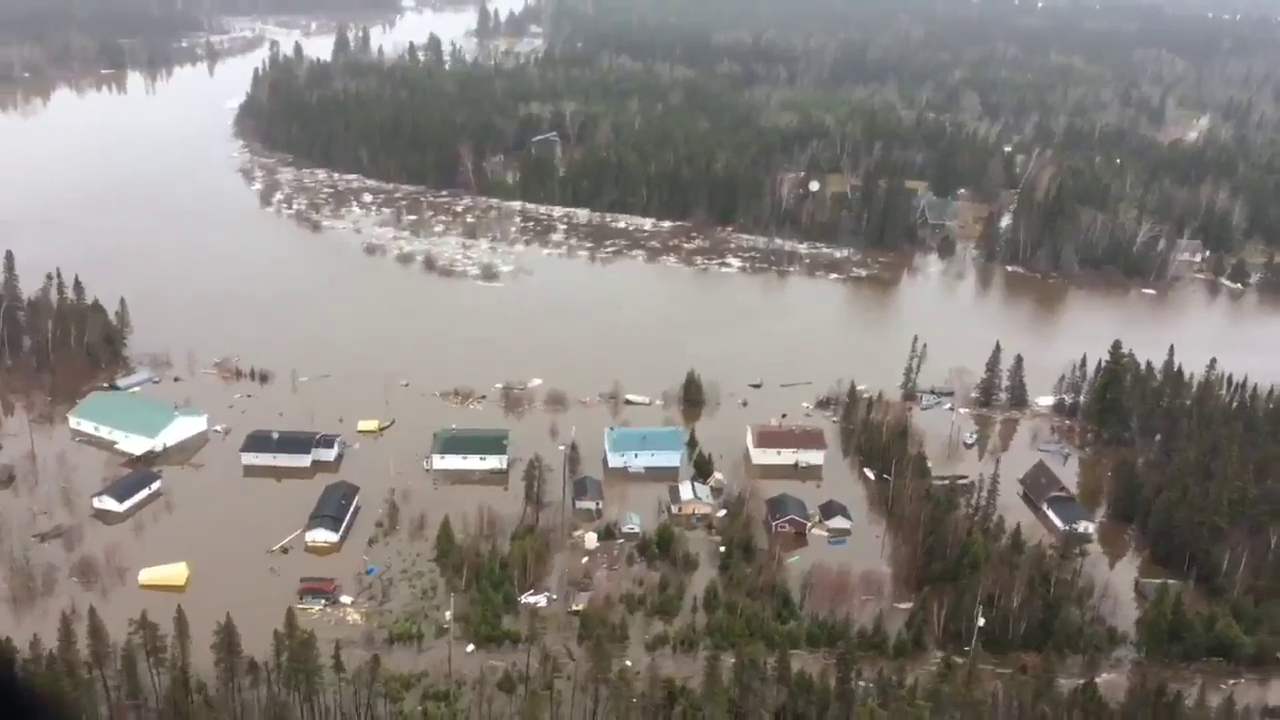
Search and Rescue helicopters collected people and animals wherever pilots could find a dry spot to land. When they couldn’t, people were hoisted up in baskets. Everyone was flown the 10-minute journey across the Churchill River to Happy Valley-Goose Bay.
Rumbolt remembers the water surrounding her home. There was no way of stopping it. But the extent of the damage really sank in days later when she returned home.
"When I came in the channel, I seen one end of a house lifted off the foundation. I seen the mess that took off people's properties and put on other people's properties. I seen what the ice done to a flag pole, bent it over to the ground. And then to come over to your own family's house and see deep freezers tipped upside down. Everything was upside down."
Cleaning up
She still struggles with what she saw.
"When you see someone's family turned upside down in a blink of an eye, it's hard to watch," she said, breaking down.
A scary feeling, she said. An ugly feeling.
Rumbolt and her husband Junior built their home from scratch, cutting logs the family hauled themselves to build the house, pouring their blood sweat and tears into it.
"I'm half scared to put more money into it," she said. "Simple fact, we don't even know if it's going to be here tomorrow."
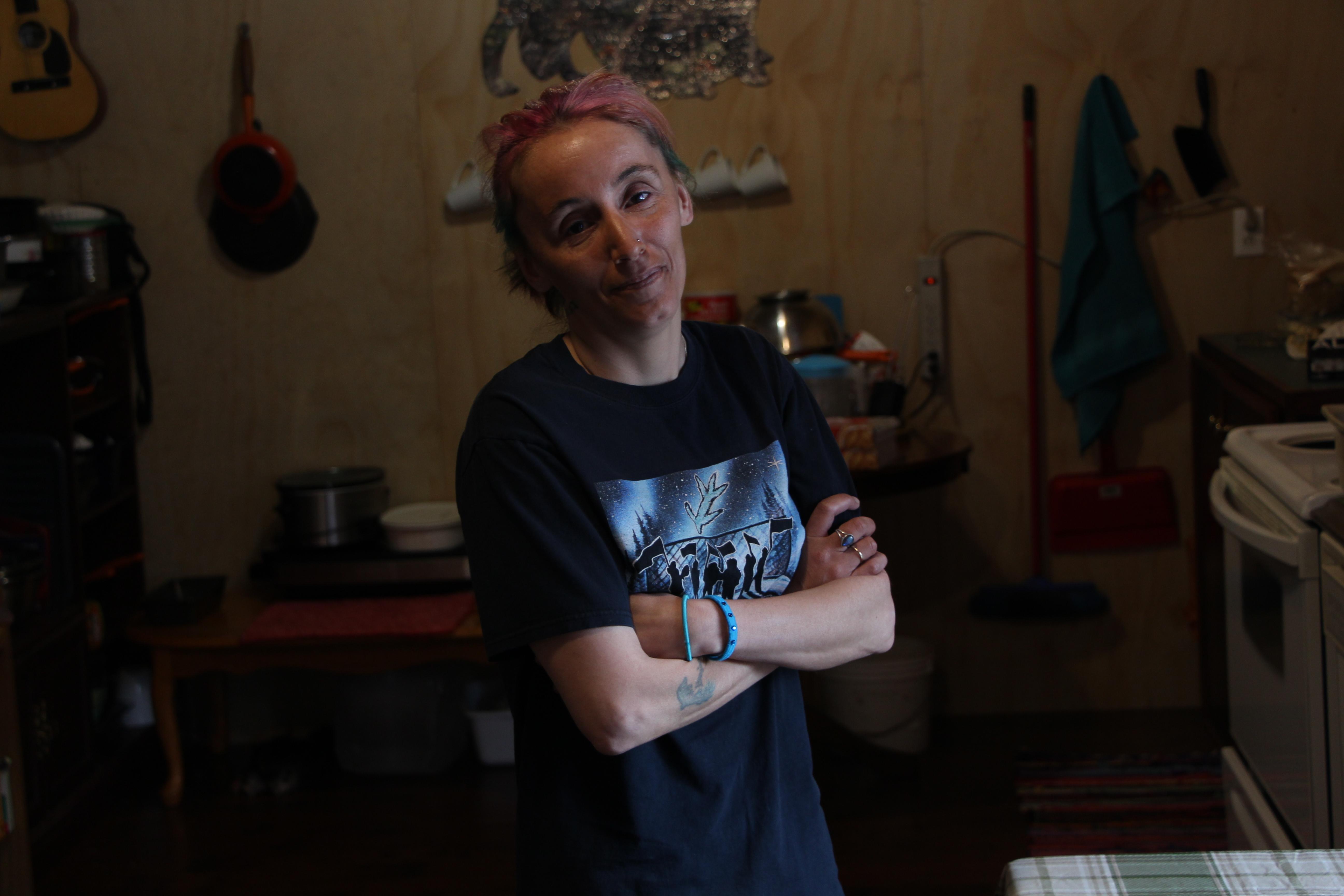
Watson Rumbolt — Leanne's father-in-law, who lives just steps away — has about a dozen sled dogs.
During the flood, his two sons brought their dogs to his place because it’s built on higher ground.
Water up to the dogs' stomachs
But the water found them, too. The dogs stood in water up to their stomachs as the flood surrounded Watson's house, set about 150 metres from the channel.
Loading them into a komatik, Watson took several trips to get the 30 dogs to the checkpoint for the helicopter, tying them to trees before going back for more. He chuckles, remembering some were only too happy to get on board.
"The pilot, they couldn't believe it. Some of them went up to the chopper, they just jump right aboard. They was willing to go, eh," he said.
Watson lost deep freezers full of meat and berries, a pump, a furnace and a hot water tank when the sewer system backed up and flowed into his basement. With so much water, the foundation was also damaged.
Like his daughter-in-law Leanne, he’s still not over the flood, waiting all winter to see what will happen this spring.
Some people there say they’re holding their breath.
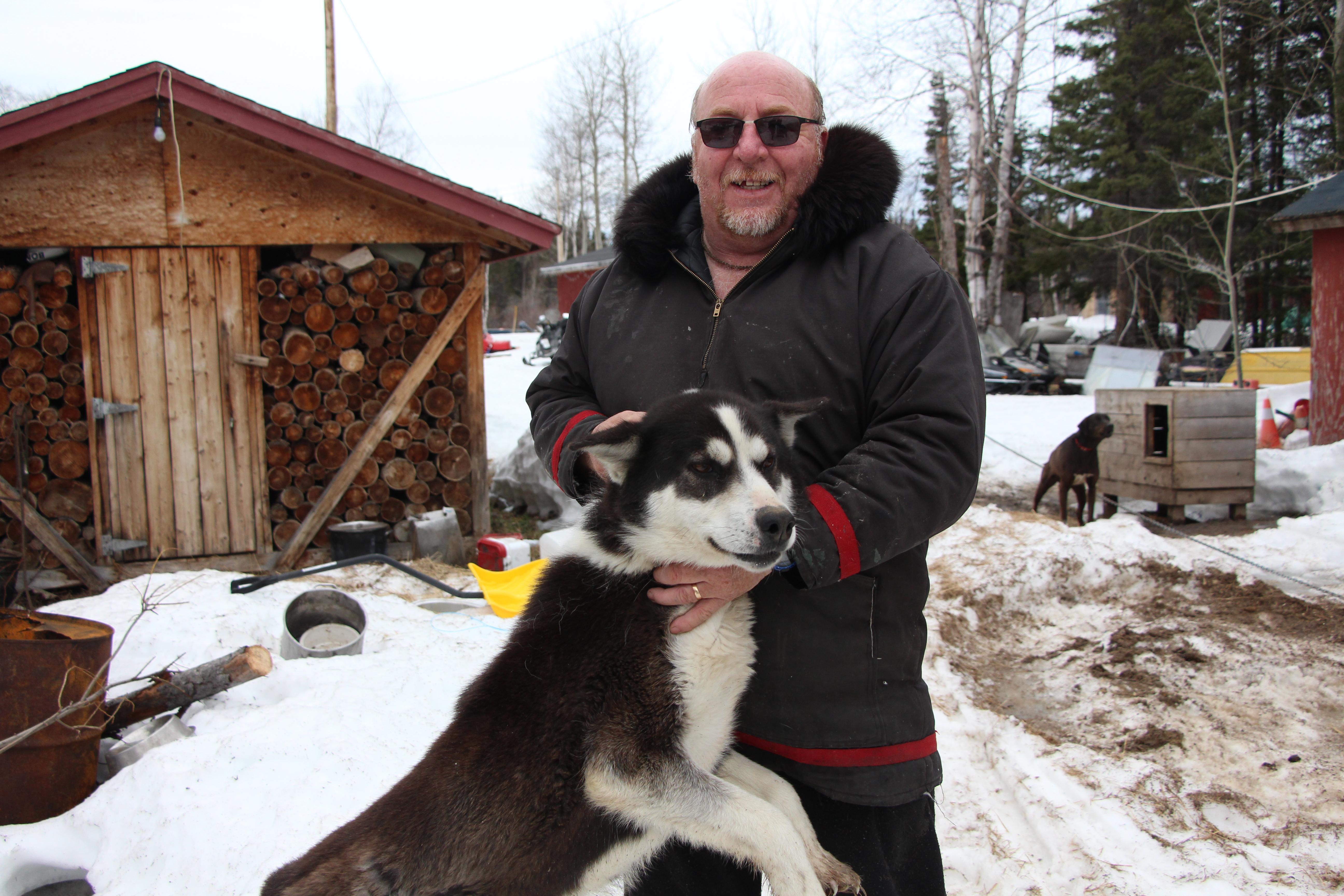
Watson Rumbolt blames the Muskrat Falls hydroelectric project for the flood, and he isn't alone.
Mud Lake is so close downstream, you can see lights from the worksite at night.
"It took us from a very comfortable, safe community and put us in harm's way."
In the wake of the flood, there were questions about how big a role the dam itself, and Nalcor Energy — the Crown corporation in charge of the project — played in the flooding.
An independent study commissioned by the Newfoundland and Labrador government said a rapid spring thaw, combined with an ice jam in the mouth of the Churchill River, led to the flood.
• Muskrat Falls not to blame for Mud Lake flood, initial research findings show
But it found no evidence Nalcor Energy or Muskrat Falls had anything to do with it.
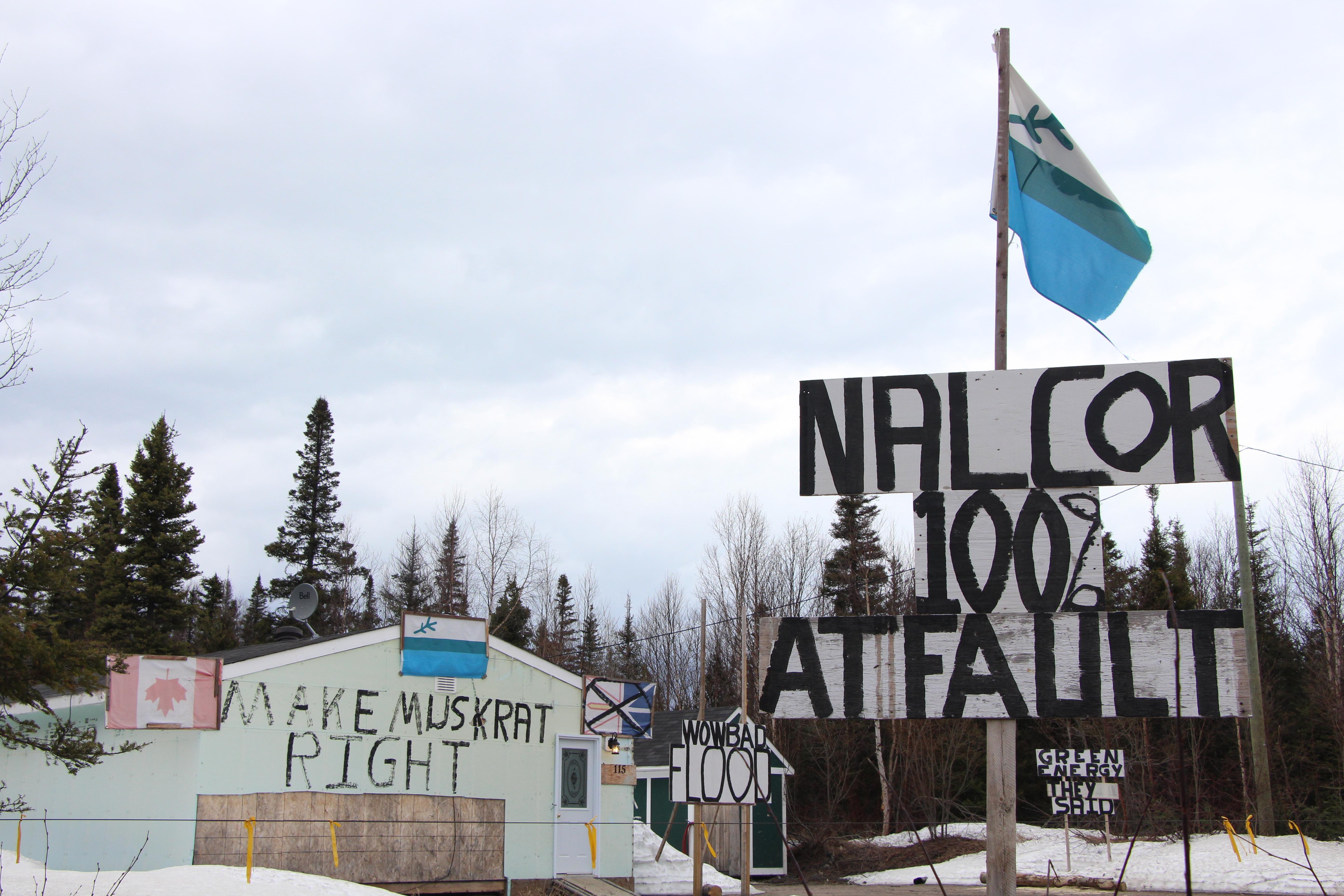
Melissa Best agrees there is no proof, but says ice in the Churchill River was significantly thicker after Nalcor Energy repaired a leak in its cofferdam in the winter of 2017.
The leak forced the company to release water from the reservoir into the river. After it froze, Best said, ice was four or five feet thicker than it normally is.
"It took us from a very comfortable, safe community and put us in harm's way, and it was that morning of May 17 that we realized that even this beautiful picturesque community tucked away that was safe for hundreds of years is no longer safe," she said.
Best doesn't trust Nalcor Energy or the provincial government. Despite Premier Dwight Ball visiting the community less than a week after the flood occurred — before most people had even returned home — she feels the province hasn't acknowledged what the community went through.
An apology now would be too late.
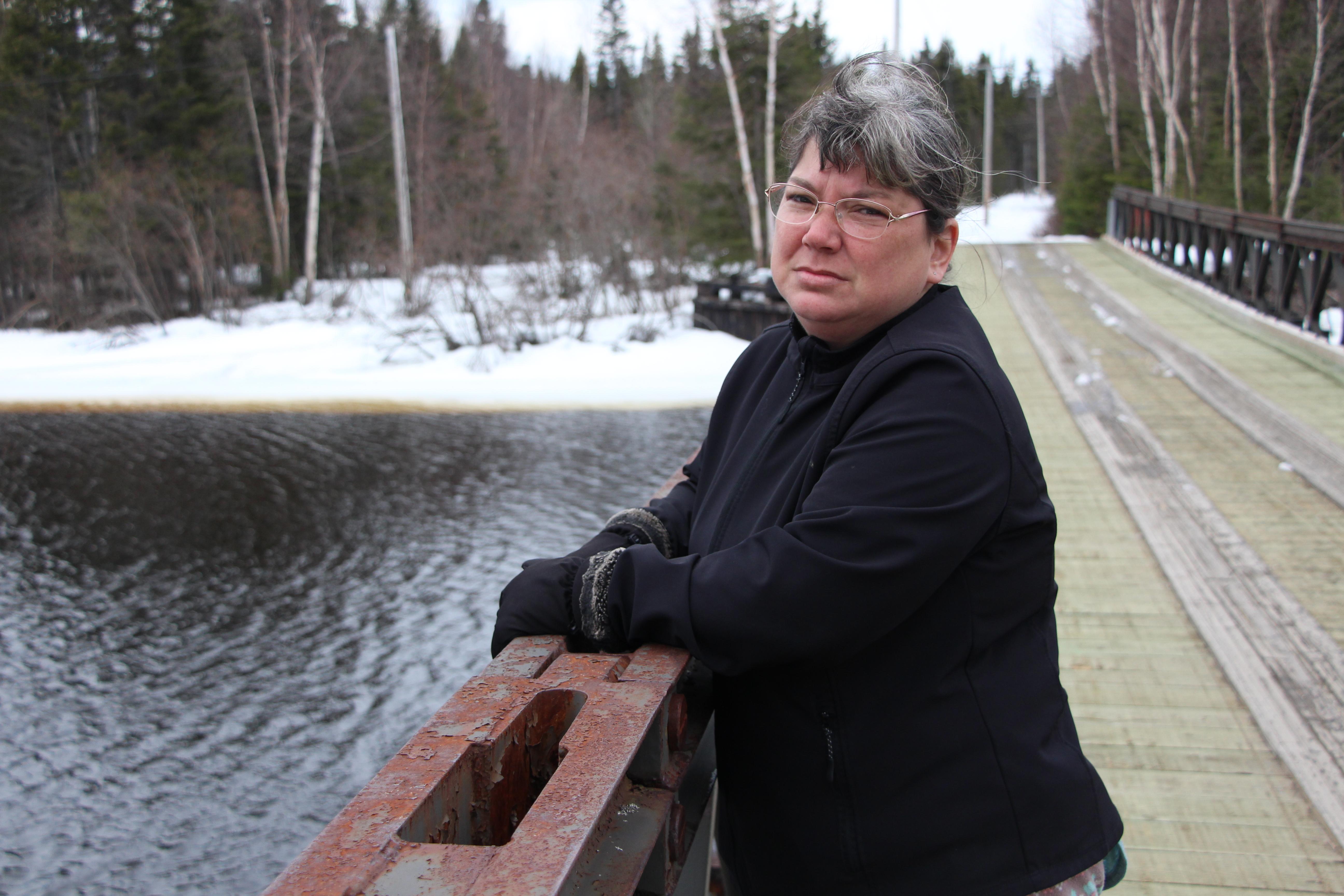
But Best acknowledges the two is much more prepared for a flood in the future.
Nalcor Energy put an emergency response plan in place. It paid for a satellite phone and two-way radios in case a power outage disables the phone lines. It also replaced a bridge washed away in the flood.
The province set up a water monitoring station. It also plans to conduct flood-risk mapping and develop flood forecasting models for Mud Lake and Happy Valley-Goose Bay, as well as use satellite imagery to monitor ice thickness.
Best is determined that she's not going to leave Mud Lake the next time a flood happens. Her resolve is stronger than ever, and she says the tight-knit community has grown closer.
"We're meeting more as a community. Everybody is much more concerned about the other one just because it was a scary time," she said.
Wake of the flood: Mud Lake, one year later: Listen to an in-depth report from CBC Radio's Labrador Morning
The vacant homes there are a grim reminder of that time.
Melissa points to one home, over a hundred years old, now condemned because of flood damage. The owners — her brother-in-the-law and his wife — are planning to rebuild.
Some residents are leaving Mud Lake as the ice breaks up, nervous of a repeat from last year.
Others aren't coming back at all, after taking a government settlement.
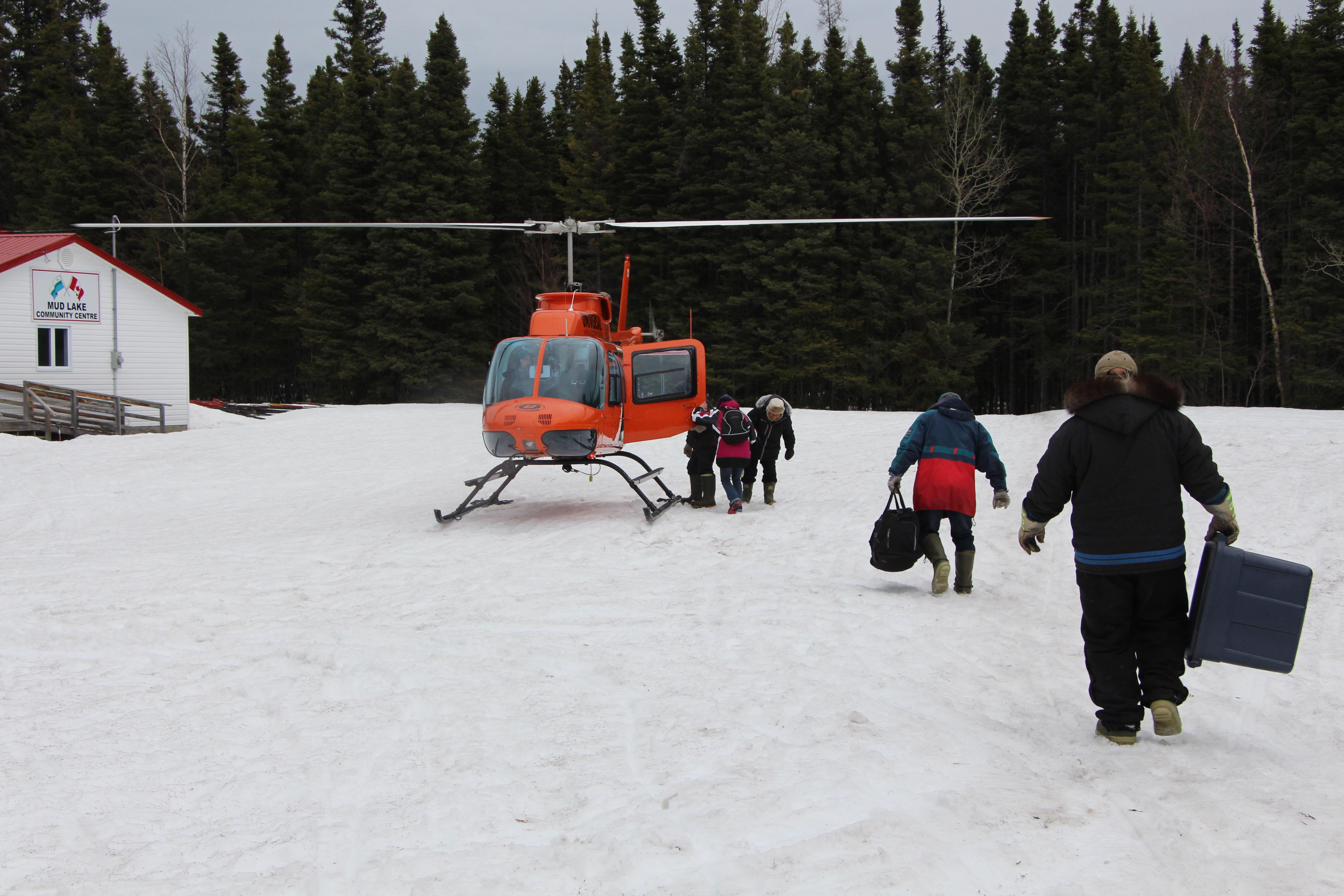
Welcome to Little Mud Lake
Twelve months later, Ronnie Hopkins still can’t move home. He’s not alone, either. A dozen people — from both Mud Lake and the lower part of Happy Valley-Goose Bay — have been staying in provincially funded apartments.
The neighbourhood couldn’t be more different from Mud Lake.
For one, it’s less than five years old, and these three new streets behind a Tim Hortons are lined with small apartment buildings instead of houses; three or four units in each.
No one has bothered to plant any trees or seed any grass. When the wind picks up, sand slips through even the smallest cracks between windows and sills. It pummels the faces of brave pedestrians. It’s impossible to keep a pair of shoes or a car floor clean.
Compare the scene to Mud Lake: one of Labrador’s oldest communities. The houses there are built for single families, some more than a hundred years old, passed down through generations.
Instead of sand, they are surrounded by water. Most people built within walking distance of the water. Instead of a car in the driveway, there’s a boat at the dock.
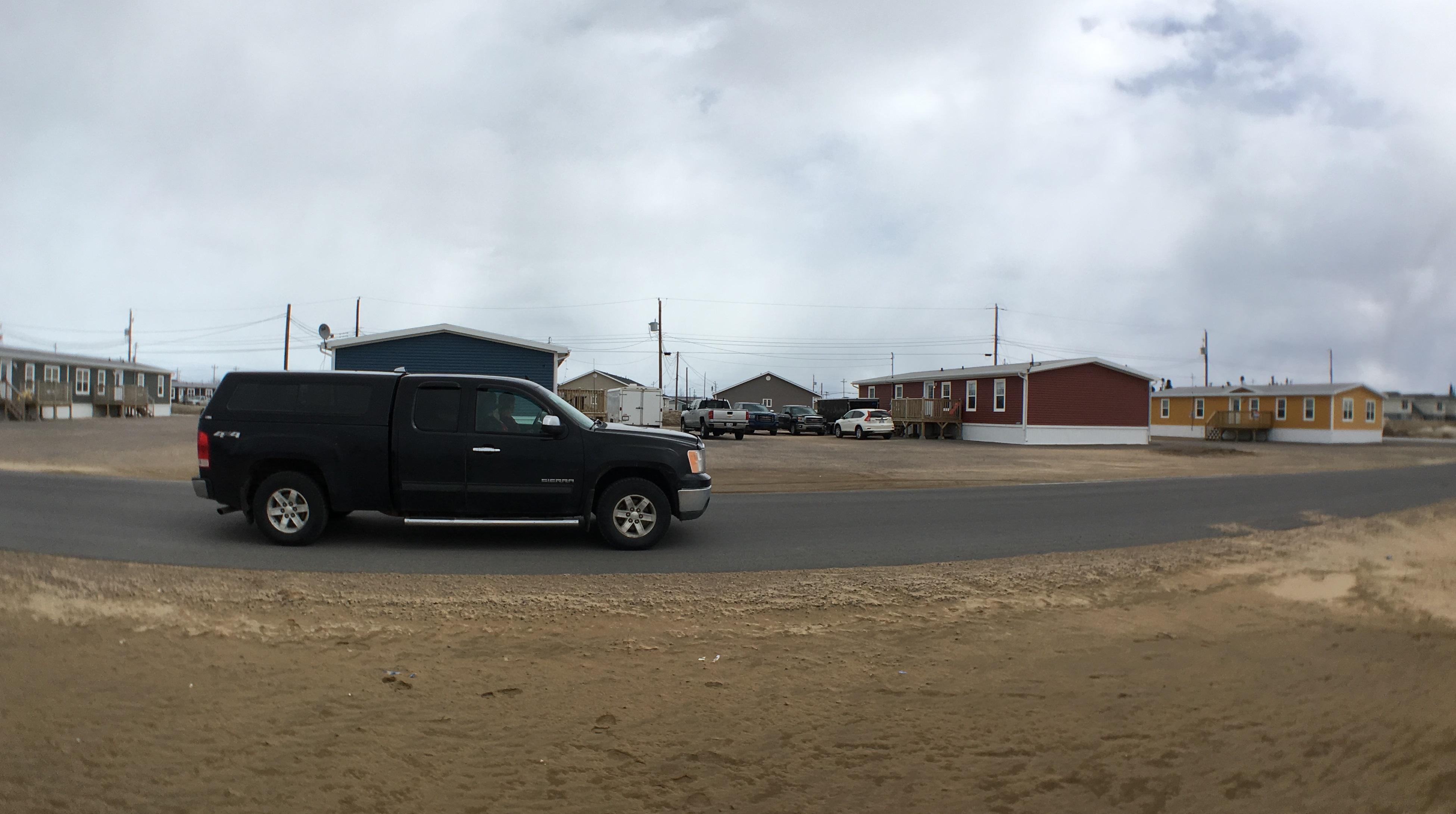
Low land, high house
It feels strange to Ronnie Hopkins, living on this side of the river. His temporary quarters are just 10 kilometres from his own home, as the crow flies, but it feels farther.
Hopkins’s house was one of the worst hit. He knew it was going to be bad: he built on low land.
So he spent the night of May 16 and the wee hours of May 17 at a friend’s house. He returned home when the water was highest, just to pick up some laundry and prescriptions.
"My house was rocking like a boat, there was so much water in there," Hopkins said.
Accounting for the low land, Hopkins had built his house high, 1.5 meters off the ground. Even so, when he returned that Wednesday morning, Hopkins found his home had slipped off the foundation on one end, and was bouncing up and down.
Inside, the water was halfway up the walls. The fridge, the freezer, and the couch were floating. A lifelong resident of Mud Lake, Hopkins had never seen anything like it.
"Nothing close," he said. "I might've seen flooding, but not like this."
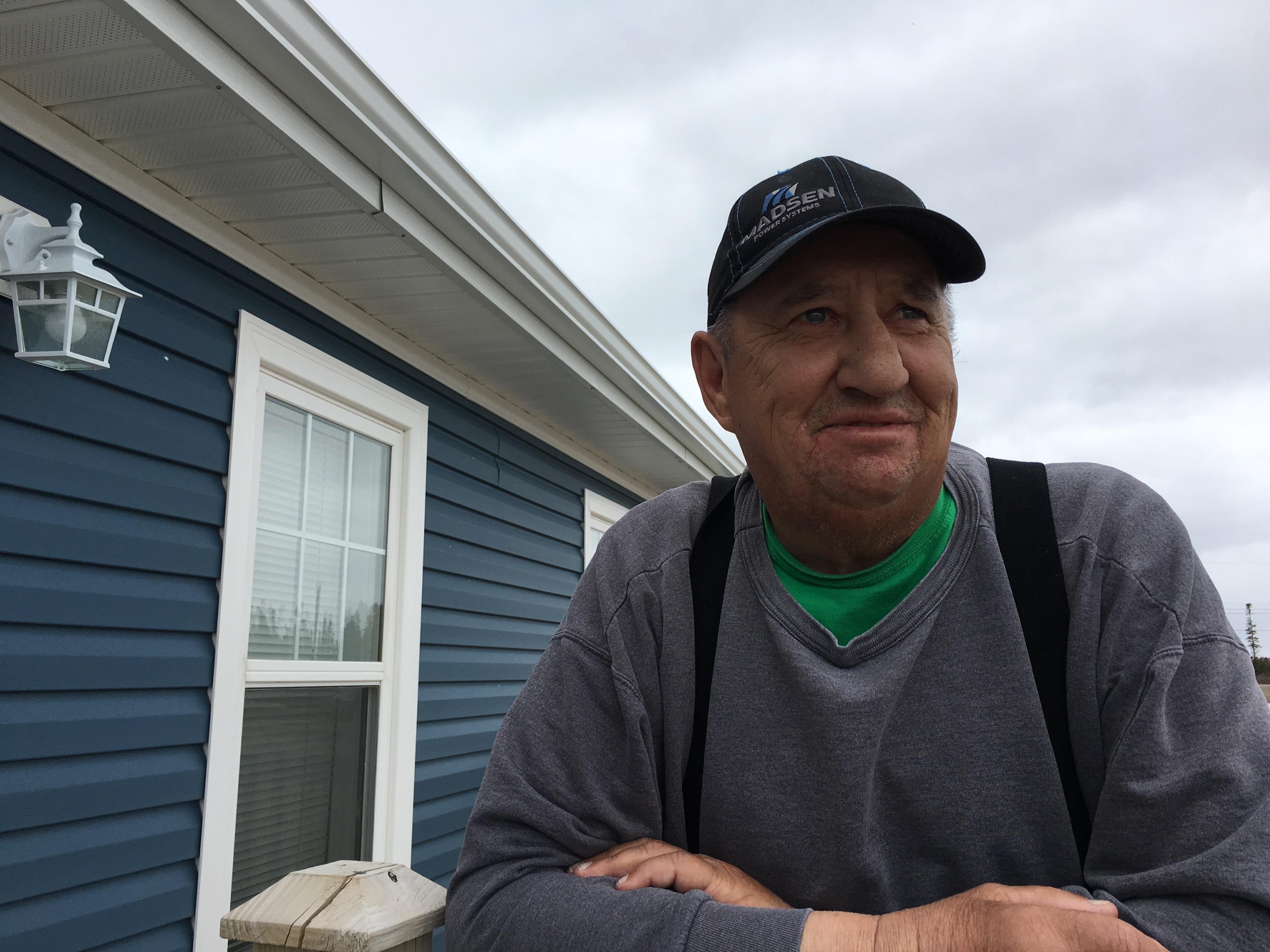
Unlike so many of his neighbours, Hopkins isn’t afraid of another flood. He bases his assessment on a lifetime of spring thaws and figures last year was a fluke. A one-time thing.
Hopkins is eager to get home again. He accepted a lump sum — he won’t say how much — from the provincial government to help him repair his house.
"Get a bunch of my friends over, it shouldn’t be too bad," Hopkins said explaining his plan, "buy all the materials, jack 'er up… hopefully be in by the fall."
Only a few options
Not everyone in the neighbourhood is so anxious to get home.
Beverley Webber and her husband Curtis are staying around the corner in a four-unit building. Their house is on Mud Lake Road, a gravel stretch that’s technically part of Happy Valley-Goose Bay, but feels more remote because there is very little traffic, and many of the houses feel more like cabins or cottages.
The Webbers’ home was inundated and will need repairs before they can move back in. It’s not a complicated job and provincial compensation will cover the costs, but Beverley Webber wonders if it’s worth the trouble.
As she begins to explain the events of that day — she was in town with her sister while Curtis, who works a night shift, was at home asleep and blissfully unaware of the rising water — she breaks down.
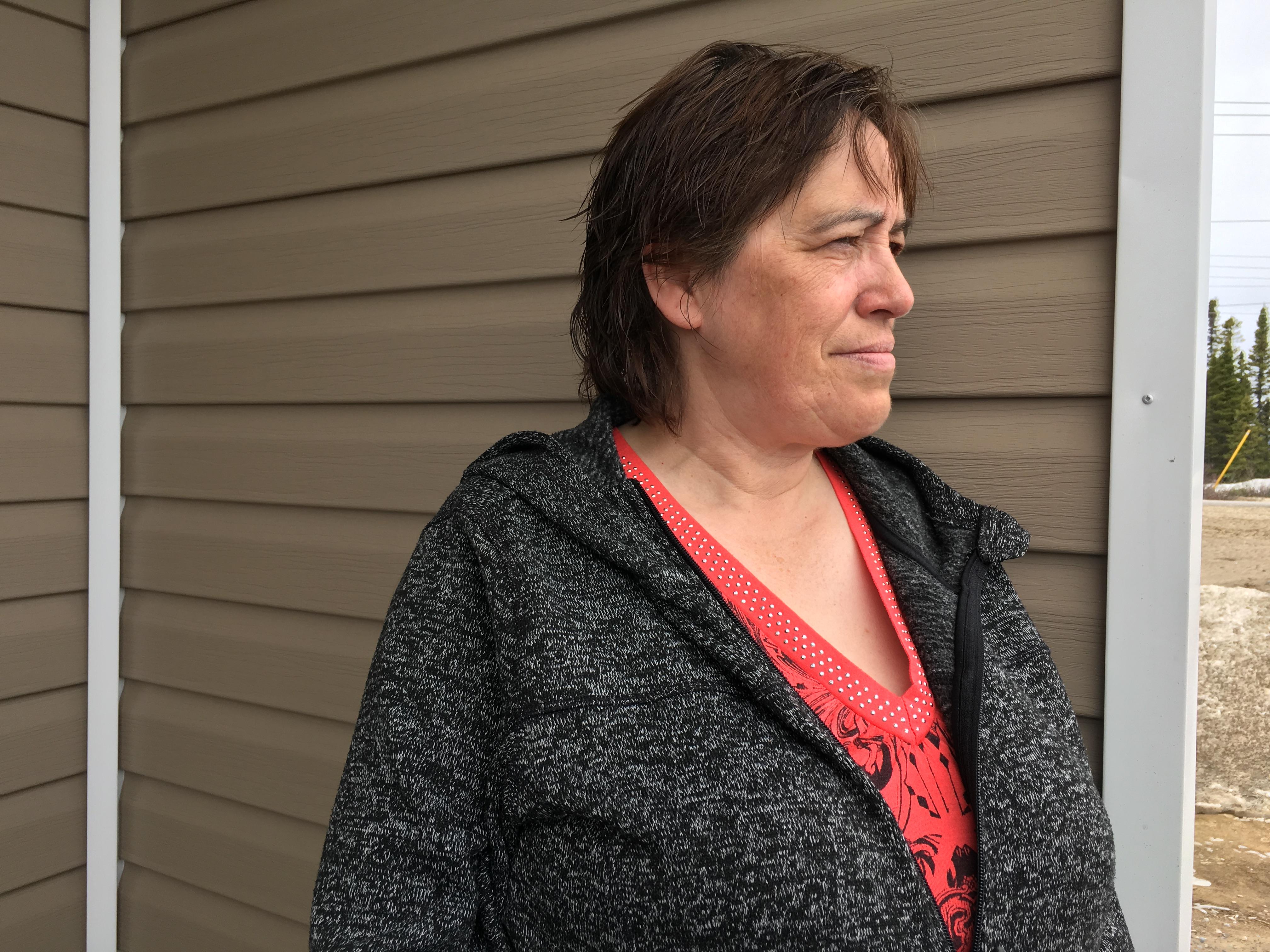
It has been a difficult year for Webber, and for her husband, she says. She went for counselling, but still finds herself easily overwhelmed.
"I guess it's just — you buy a place and you think that it’s going to be your home for the rest of your life. And then all of a sudden a flood happens and then — what am I supposed to do now? Are we supposed to go down and finish building up what we started?”
The choices are few. The Webbers bought their home four years ago, so they’re still paying the mortgage. Who’d buy it after this? Besides, they can’t afford a home anywhere else in Happy Valley-Goose Bay. They could rent, maybe, but not while paying that mortgage. If they do go back to Mud Lake Road and there is another flood, will there be more compensation?
"That’s about all I think about," Webber said.
"We really don’t know what to do. I don’t want to go and build up and put all that money into it, and then have this happen again."

Facing a fear
While Webber weighs her options, another neighbour in the sandy subdivision has had a decision made for her: Verna White is going back to Mud Lake.
Just months ago, 67-year-old White was adamant she’d never cross the river again.
She never liked the water, anyway.
White has been living in Happy Valley-Goose Bay since May 2017 — not because of any structural damage to her house but because she couldn’t face going back. She is terrified of another flood.
“I’m awake here, three o’clock in the morning, looking out the window. Now, what am I looking for?” she asked.
Wake of the flood: Waiting to go home
Yes, White says, it will be good to be home. She hasn’t lived in the same place as her husband in over a year now. But her fear of the worst is palpable.
"It don’t leave you," she said. "It haunts you."
The province has supported White since she first left Mud Lake, but officials say her lease will end in July. She understands. She knew this wouldn’t be permanent.
"I’m very grateful for it," she said. "Once you get on your feet, you got to find other accommodations, which is fitting."
‘Such a wonderful place’
White has no family in Happy Valley-Goose Bay. Her only income is an old-age pension.
She could stay with relatives in Churchill Falls, but if she could conquer her fear, Mud Lake is where she’d like to be.
"That was my home for 30 years. I can’t say goodbye to it," she said.
Her new mantra goes like this: “I was always in Mud Lake and I was always afraid. When I want to go I’ll just watch the winds and come up on a good day.”
The key is to remember she’s not trapped there, White figures. If she really hates it, she can leave again. Maybe once she settles into a routine she’ll relax.
It’s a lot to weigh, but White wants to give Mud Lake another shot.
"It’s such a wonderful place to live in. It’s just like living in the past and you’ve got all your modern conveniences," she said.
"Nowhere else in this world can you find it like that. Unless it’s in heaven."

